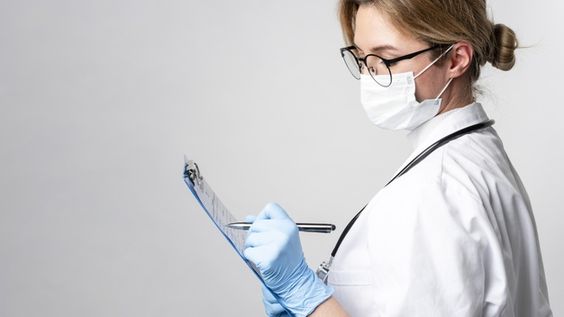To do when you accidentally get hurt? Can it be disinfected with alcohol? How to choose the wrapped gauze and Band-Aid? Today I will share with you how to deal with wounds after daily injuries.
Does the wound need to be cleaned every time the dressing is changed?
Many people will immediately clean the wound when they have a wound to prevent wound infection, but not all wounds need it, because wound cleaning may destroy new tissue or reduce the temperature of the wound bed, thereby interrupting the healing process. , Drinking tap water is as safe and effective as normal saline, but normal saline should be used for postoperative wounds. Routinely cleaning the wound at each dressing change does more harm than good, because scrubbing the wound bed granulation tissue with gauze may destroy delicate new tissue and damage new capillaries. The body may perceive this as a new injury and re-initiate the inflammatory response, which only delays the healing process. Therefore, cleaning wounds is not recommended unless they show signs of infection, slough, or visible contamination or debris.
Indicators for cleaning wounds:
① wound infection
② Excessive exudate
③There are foreign bodies or necrotic tissue fragments
④Eschar or carrion
⑤ Serious pollution
Choice of various types of wound cleaning solutions?
Most wounds can be cleaned with normal saline. Of course, if there is no normal saline, there is no difference in the infection rate of acute, surgical, or chronic wounds cleaned with potable tap water. The skin around the wound is generally disinfected with 2% iodine tincture cotton balls from the inside to the outside. Disinfect twice, deiodine with 75% alcohol cotton balls, or use 5% iodophor cotton balls for disinfection twice. Infected wounds can be disinfected with 3% hydrogen peroxide solution and saline. Festering wounds can be finally disinfected with 0.5% iodophor cotton balls.
What should I do after a scratch?
So, what exactly should you do after a skin chafing outdoors?
Longterm Medical introduces you to the initial cleaning of the wound before further treatment.
STEP1: Rinse first
When the skin is in direct contact with the ground, the wound will inevitably be contaminated with soil and gravel. So first rinse the wound with clean water, either tap water or bottled drinking water.
STEP2: Re-disinfection patch
Longterm Medical recommends that you keep the Home Health First Aid Kit at home or when traveling. After the wound is rinsed, use a cotton swab dipped in an iodophor to disinfect the wound. Longterm Medical hydrocolloid dressings can also be prepared and applied after disinfecting the local wound, which can quickly heal the wound and prevent the invasion of foreign microorganisms.
If you are traveling, you can carry iodophor tablets individually packaged, which is more convenient to use. However, if the abrasion is serious, or the wound does not improve after self-care, it is recommended to go to the hospital for wound treatment as soon as possible.
in conclusion:
The decision to clean the wound depends on the type of wound and the condition of the wound bed. Drinking tap water may be the most suitable solution. However, timely application of topical antibacterial solutions for a limited time can prevent wound infection from developing if the healthcare provider suspects that a biofilm may be present, or if the wound appears to have a high bacterial load.
For more information on Innomed® dressings refer to the previous articles. If you have customized needs, you are welcome to contact us; we will serve you wholeheartedly.
At Longterm Medical, we transform this data by innovating and developing products that make life easier for those who need loving care.
Editor: kiki Jia
Date: September 20, 2022

 English
English عربى
عربى Español
Español русский
русский 中文简体
中文简体








